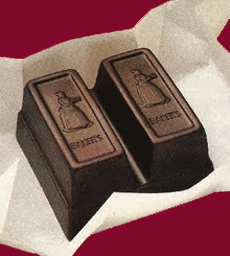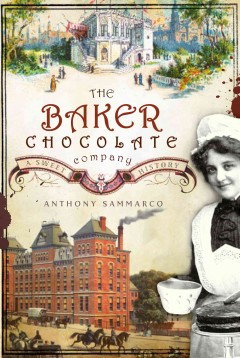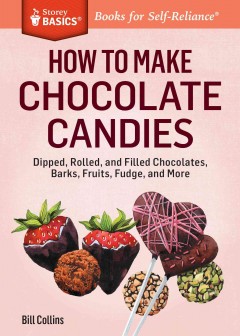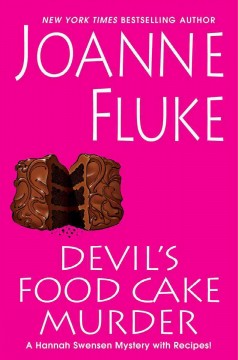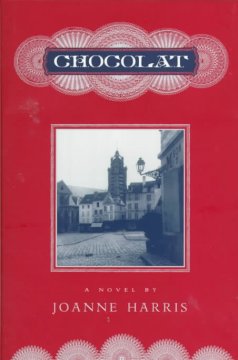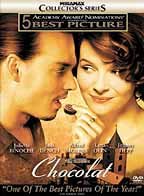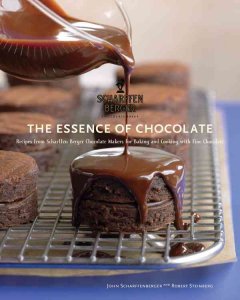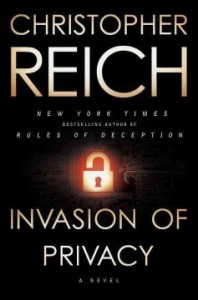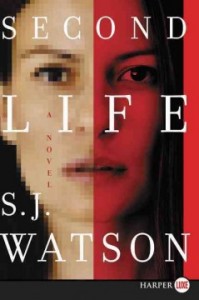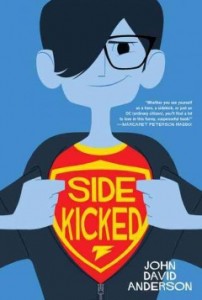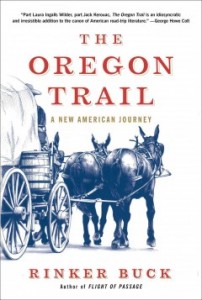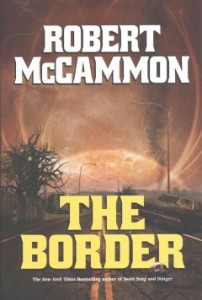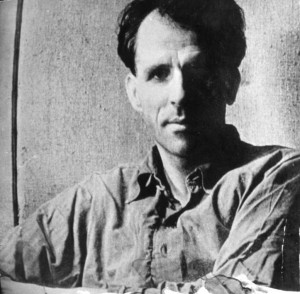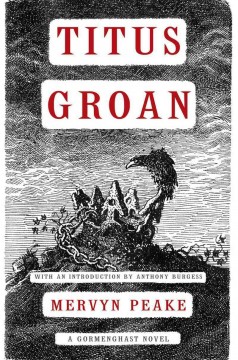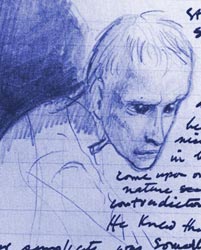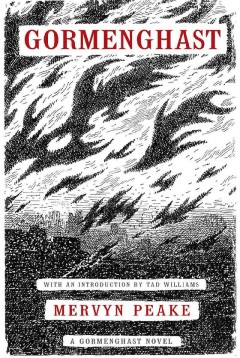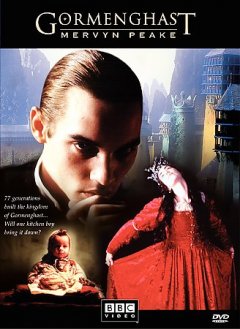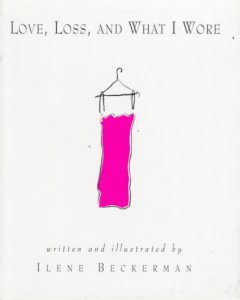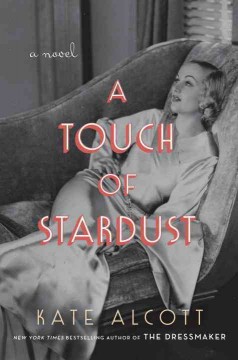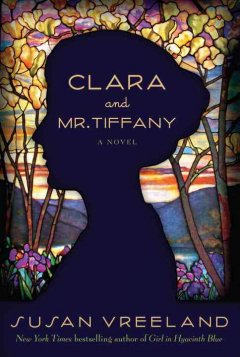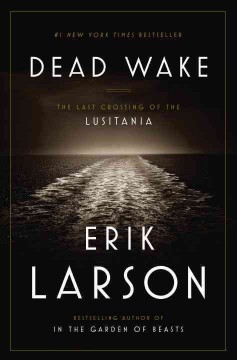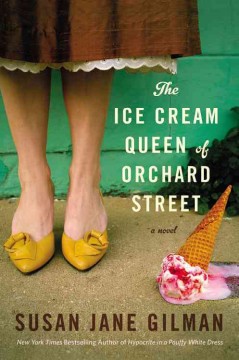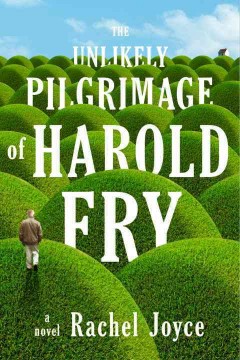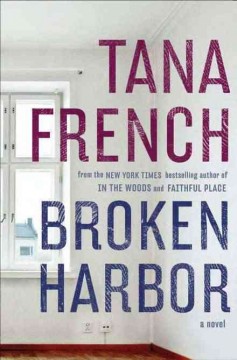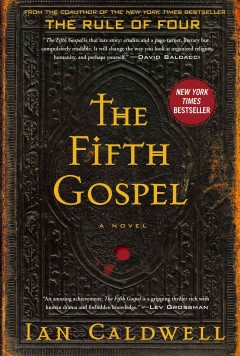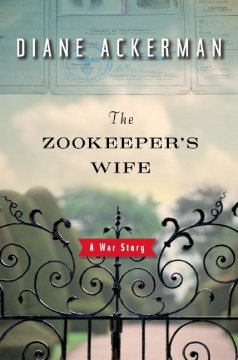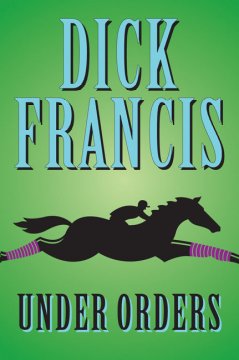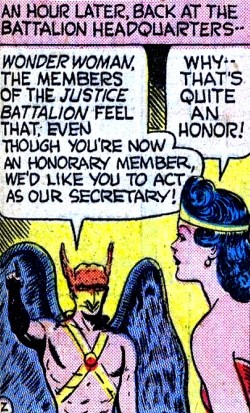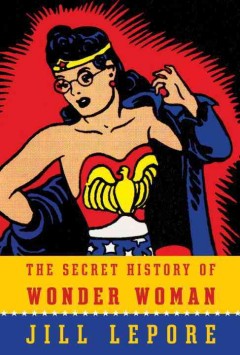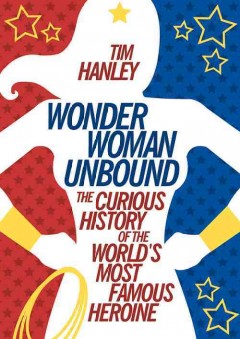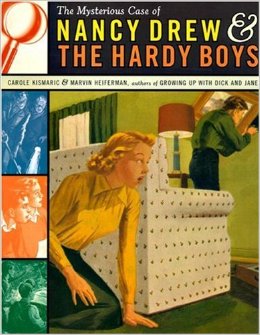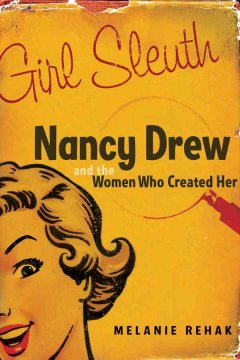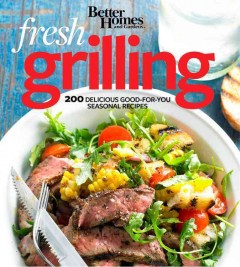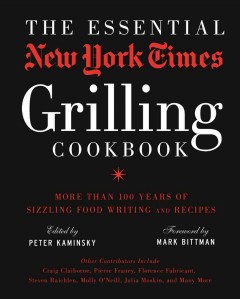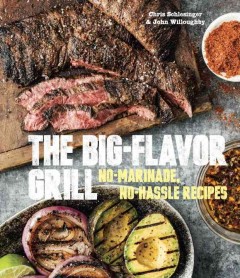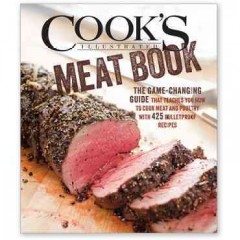Summer is the season for miniseries, and this year has seen a bumper-crop of bite-sized series for your viewing pleasure. The great thing about mini-series, particularly ones developed for summertime, is that they are guaranteed attention-grabbers. Gone are the days when summer was nothing more than re-runs and series marathons. Studios want to keep ratings as high as possible year-round, and thus are willing to pay a pretty penny in production costs and casting to ensure that viewers come home from the beach, or the pool, or the game, (or the library!) early to check out the newest adventures of their favorites characters.
Here at the Free For All, we’ve already discussed two of the best miniseries out there right now, Jonathan Strange and Mr. Norrell on BBC America, and Poldark, which has been renewed for a second season, much to my father’s delight. But there are a number of other quality shows that might just tickle your fancy during these increasingly hot summer days, and the best part is that many of them are based on books, which are much easier to take along on your summertime adventures than a TV, and which don’t require an internet connection to enjoy–once you’ve downloaded them, naturally, if that is your preferred method of reading. So have a look at some mini-series and the books that inspired them, and see what tickles your imagination…
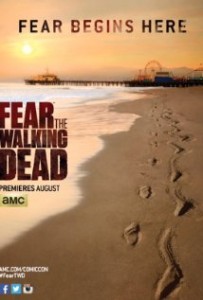 Fear the Walking Dead: This spin-off of the wildly popular show The Walking Dead has been getting a great deal of attention, primarily because AMC has yet to announce an official release date (it’s sometime in August, but, like the zombie-apocalypse itself, we might not know about it until it’s already happening). What we do know is that this series is set in Los Angeles, and shows us how the world transformed into the dusty, fear-ravaged, hungry zombie-scape that we learned to love from the original show. Though it features a different cast and a different plotline, this show will bring viewers right up to the point where The Walking Dead begins. For readers, come in and check out Robert Kirkman’s graphic novel series that inspired the show.
Fear the Walking Dead: This spin-off of the wildly popular show The Walking Dead has been getting a great deal of attention, primarily because AMC has yet to announce an official release date (it’s sometime in August, but, like the zombie-apocalypse itself, we might not know about it until it’s already happening). What we do know is that this series is set in Los Angeles, and shows us how the world transformed into the dusty, fear-ravaged, hungry zombie-scape that we learned to love from the original show. Though it features a different cast and a different plotline, this show will bring viewers right up to the point where The Walking Dead begins. For readers, come in and check out Robert Kirkman’s graphic novel series that inspired the show.
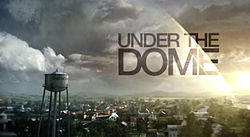 Under the Dome: Now in it’s third season, this summertime series tells and expands Stephen King’s novel of the same name. Set in the town of Chester’s Mill, this show examines what happens to a seemingly ordinary place when an inexplicable, invisible, and impenetrable force isolates them completely from the outside world. Though the show’s writers and creators have taken some liberties with the material, overall, King’s work is evident throughout this show; he is one of the executive producers, wrote the season two pilot, and appeared in a brief cameo (you can see it here). For those who would like a refresher course, the library has copies of Season 1 and Season 2 on DVD.
Under the Dome: Now in it’s third season, this summertime series tells and expands Stephen King’s novel of the same name. Set in the town of Chester’s Mill, this show examines what happens to a seemingly ordinary place when an inexplicable, invisible, and impenetrable force isolates them completely from the outside world. Though the show’s writers and creators have taken some liberties with the material, overall, King’s work is evident throughout this show; he is one of the executive producers, wrote the season two pilot, and appeared in a brief cameo (you can see it here). For those who would like a refresher course, the library has copies of Season 1 and Season 2 on DVD.
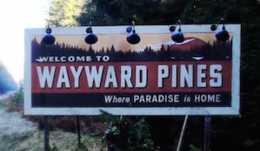 Wayward Pines: It’s taken a bit of effort for this series to get rolling, but since it began in May, it has captured viewers and reviewers alike–and it’s always delightful to see their shock-fueled, gaping reactions to critical plot twists that readers knew was coming. Fans of Brett Crouch’s horror/sci-fi trilogy that beings with Pines will know all about the weird little town of Wayward Pines, Idaho, and the people who live there. But for U.S. Secret Service Agent Ethan Burke, who ends up there alone after a terrible car accident to find two of his partners missing, the mystery has only begun. Rumors are that this show will be renewed for a second season, which is great news for those of us who know all the creepy revelations yet to come.
Wayward Pines: It’s taken a bit of effort for this series to get rolling, but since it began in May, it has captured viewers and reviewers alike–and it’s always delightful to see their shock-fueled, gaping reactions to critical plot twists that readers knew was coming. Fans of Brett Crouch’s horror/sci-fi trilogy that beings with Pines will know all about the weird little town of Wayward Pines, Idaho, and the people who live there. But for U.S. Secret Service Agent Ethan Burke, who ends up there alone after a terrible car accident to find two of his partners missing, the mystery has only begun. Rumors are that this show will be renewed for a second season, which is great news for those of us who know all the creepy revelations yet to come.
 The Whispers: “Who is Drill?” has become a mantra in our household this summer, but you can answer that question right now by checking out Ray Bradbury’s short story “Zero Hour”, which provided the inspiration for this series. Though The Whispers takes Bradbury’s concept much, much further, it’s impressive to see how well the original story has stood the test of time. Bradbury’s work frequently featured childhood, and that magical, often terrifying moment when childhood dies. This story–and this show–perhaps encapsulating that theme the best, emphasizing the dangers that can come from not taking children’s games as seriously as the children do.
The Whispers: “Who is Drill?” has become a mantra in our household this summer, but you can answer that question right now by checking out Ray Bradbury’s short story “Zero Hour”, which provided the inspiration for this series. Though The Whispers takes Bradbury’s concept much, much further, it’s impressive to see how well the original story has stood the test of time. Bradbury’s work frequently featured childhood, and that magical, often terrifying moment when childhood dies. This story–and this show–perhaps encapsulating that theme the best, emphasizing the dangers that can come from not taking children’s games as seriously as the children do.
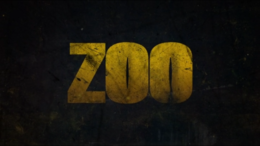 Zoo: Though his delivery is a topic of some debate, there is no doubt that James Patterson can come up with a fascinating premise, and this mini-series, based on his 2012 book, co-authored with his frequent collaborator Michael Ledwidge, is one of his most intriguing. Our erstwhile hero, Jackson Oz, has dedicated his life, and destroyed his professional reputation, by trying to draw attention to the number of mammal attacks–a pattern that points to a concerted effort to wipe out the human species. This is a series that has received world-wide attention (Australia has fast-tracked each episode, so that it airs a day after the US broadcast), and it will be interesting to see how audiences react to Jackson’s theories and evidence.
Zoo: Though his delivery is a topic of some debate, there is no doubt that James Patterson can come up with a fascinating premise, and this mini-series, based on his 2012 book, co-authored with his frequent collaborator Michael Ledwidge, is one of his most intriguing. Our erstwhile hero, Jackson Oz, has dedicated his life, and destroyed his professional reputation, by trying to draw attention to the number of mammal attacks–a pattern that points to a concerted effort to wipe out the human species. This is a series that has received world-wide attention (Australia has fast-tracked each episode, so that it airs a day after the US broadcast), and it will be interesting to see how audiences react to Jackson’s theories and evidence.
In related news: Several of these shows have announced DVD releases of these shows, so you’ll soon be able to borrow them from the library and catch up on anything you might have missed!

